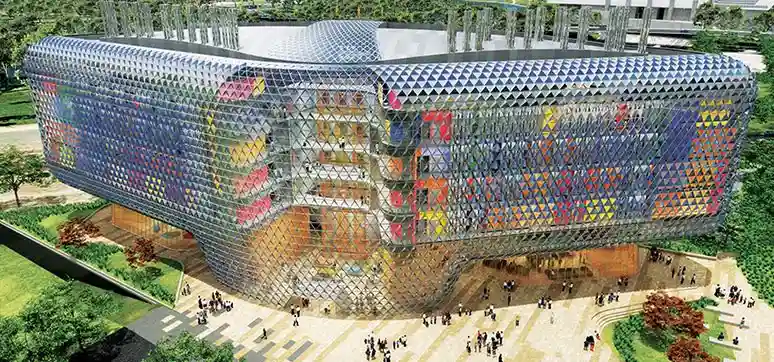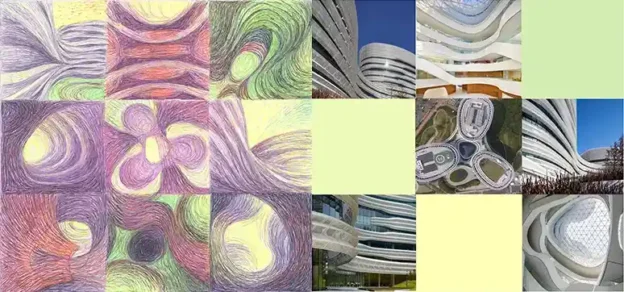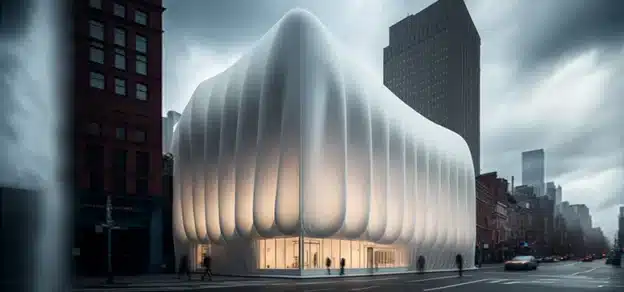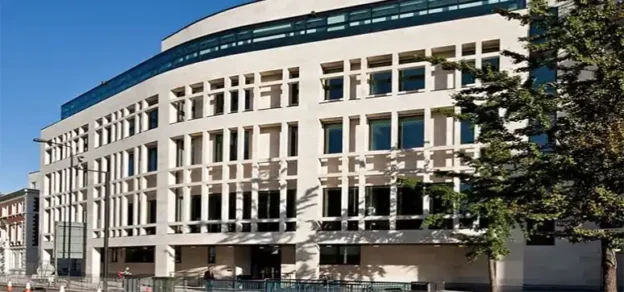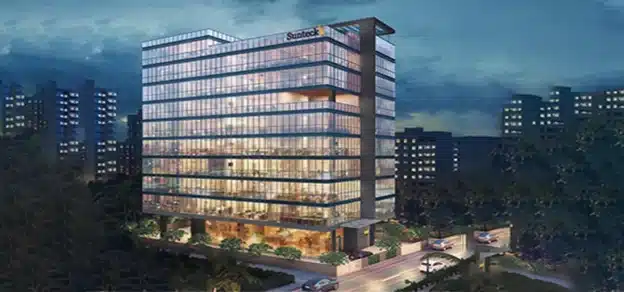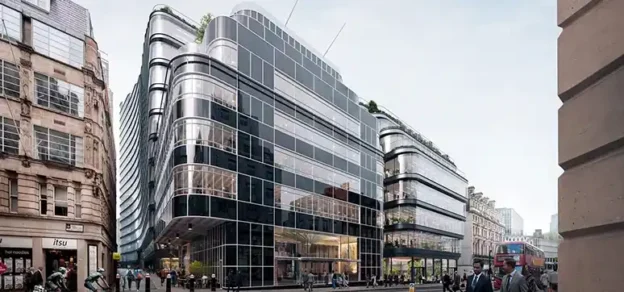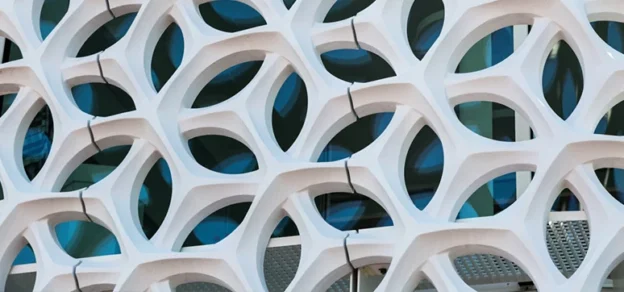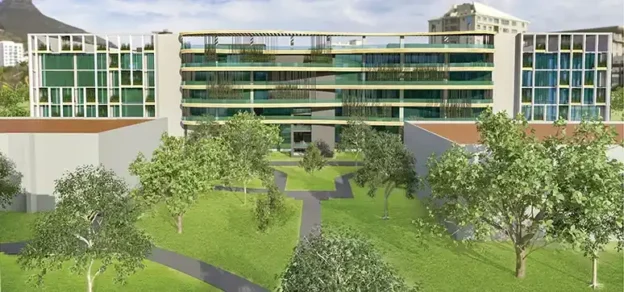It is the façade of a building that brings an architect’s vision to life, however a building’s skin not only contributes to architectural expression, it also plays a large role in the performance of the building as a whole.
Globally, clients are becoming more demanding concerning the solutions they want from their buildings and façades. They want better-performing, more aesthetically pleasing façades and these requirements have to be delivered quickly and cost-effectively.
A façade is one of the key influencers that determine the value, commercial success and project risk of a building, but it is also one of the most common sources of building failure. Few people realise how complex a façade system can be. In a typical 30 storey building, for example, there will be approximately 18,000 sq m of façade. This will consist of approximately 3,000 panels, with each panel having approximately 300 parts that are constructed from various materials. This example adds up to nearly a million parts for the façade alone, so it’s no wonder that things can go wrong if proper control isn’t in place. Some of the diverse conditions that a façade needs to accommodate include wind speeds that can go above 100 k/ph, temperature differences, and associated thermal expansion of up to 80°C, plus they must resist rain, humidity, mould and even seismic activity and lightning.
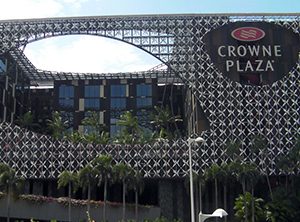
Besides being designed for all of the above external conditions, a façade on a tall building also needs to be able to accommodate a structure that moves and deflects all of this while continuing to look good. In short, it is a complex machine and should not be trusted to inexperience.
Within the boundaries of the fees available, façade engineers need to be smart with the solutions they offer. It is the job of a facade engineer to find the technologies and systems to make the client requirements possible. As a very minimum, they must offer safe, buildable, durable solutions that fit into the client’s budget.
Sometimes delivering optimum service means delivering difficult messages to the clients. As with any type of highly technical engineering solution, one gets what they pay for when it comes to façade design and installation.
Façade engineers need to be brought in at the early stages of a project in order to understand what the client’s aspirations are and what they can afford, so that the engineers can assess different solutions and determine what performance requirements are needed for the façade. In this way, the project proceeds smoothly with all parties fully informed.
A façade engineer’s obligations extend much further than delivering a technical service. An engineer must understand the entire development process and the fact that delaying a building project will have financial implications for our client. The façade engineers therefore have an obligation to provide good technical advice and keep a project moving forward.
Make sure that the façade engineer one partners with has appropriate experience, understands the project’s aspirations and understands how a project is developed. No client will ever be thankful for achieving a small, non-critical technical win if the result is that the project is delivered late.
Designed and built in only 17 months, Aurecon was engaged to advice on the design of the Crowne Plaza Hotel’s façade. The façade screen, set against the Changi Airport terminal buildings, was conceptualised as three-dimensional lace screens resembling orchid petals that could provide shade and texture for hotel rooms and public spaces.
Designed to provide a sense of peace and tranquillity for travellers, and to meet shade requirements, the material selection was key to achieving this outcome. The lightweight screen concept required Aurecon to undertake accelerated testing of possible facade materials to verify weathering and compatibility with interfacing materials. Ultimately, a polymer modified glass fibre reinforced gypsum compound was used to create the petals, with screed elements sculpted from visual and CAD animations of scaled samples. The modular units of screen petals were factory assembled into full floor height partitions to allow for fast on-site installation. The resulting building ‘floats’ on a filigree floral cage that filters and softens the surroundings, providing 60 per cent shading for the building.
The AUD 200 million South Australian Health and Medical Institute (SAHMRI), located on Adelaide’s North Terrace, Australia was opened to public in November 2013.As a member of the Integrated Design Team, Aurecon collaborated with project architects, Woods Bagot, to deliver to the community a world class medical research facility, which is at the cutting edge of design.
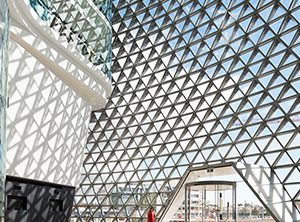
Aurecon SAHMRI Project Director, Niko Tsoukalas, said that one of the key features of the project’s design was the creation of what has been colloquially termed as flower columns. An approach used to reduce the required 36 column locations to the upper floors to just six main support locations at plaza level.
The integration of architecture and structural engineering was brought together in the early stages of the design process, ensuring a clear pathway to the construction of a functional and iconic building that reflects the creative vision for the project.
The innovative column system removed the need for a forest of columns and reduced the support steel work to around 250 tonnes. Critically, the design solution enhanced the architectural vision of ensuring the building did not turn its back on any part of the city by creating the illusion of it floating above the ground.
Aurecon undertook the structural, civil, façade, traffic, geo technical, wind, specialist vibration, electrical, vertical transportation and fire engineering for the project. Another key feature of the project’s design is the integrated structural facade. The collaboration of architect and engineer enabled Aurecon to finesse the geometry of the aesthetic form using simple Euclidean theory. A regular polygon base (a hexagon) permitted the integrated structural façade system to use efficient long spanning lightweight roof (stadia roofs) technology. This made it possible to use an efficient form-active structural load distribution system and small rectangular hollow steel members to free span the large distances demanded by the out there design.
The integration of Aurecon’s knowledge of glass and lightweight architectural structures realised the overall vision for the SAHMRI skin of spiky, triangular windows that contain 6290 glass panels that dazzle in the sun, reminiscent of a crystal palace. Covering 26,000 sq m, the institute is home to up to 675 of the world’s foremost scientists looking at ways to foster innovation and improvements in health services, leading to improved health outcomes for the whole community.
